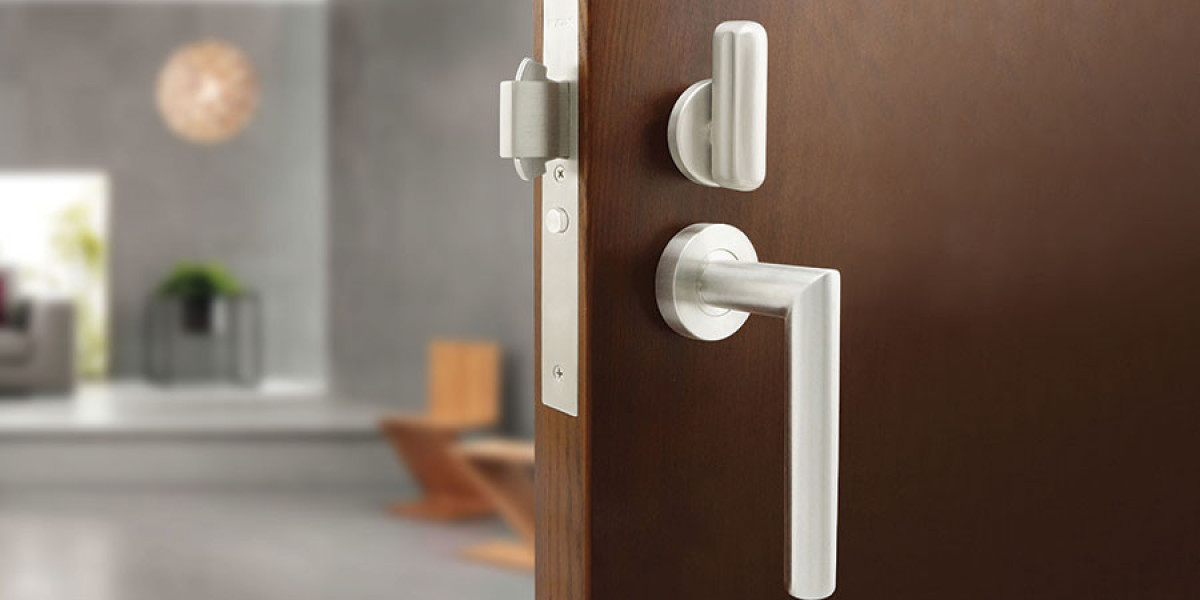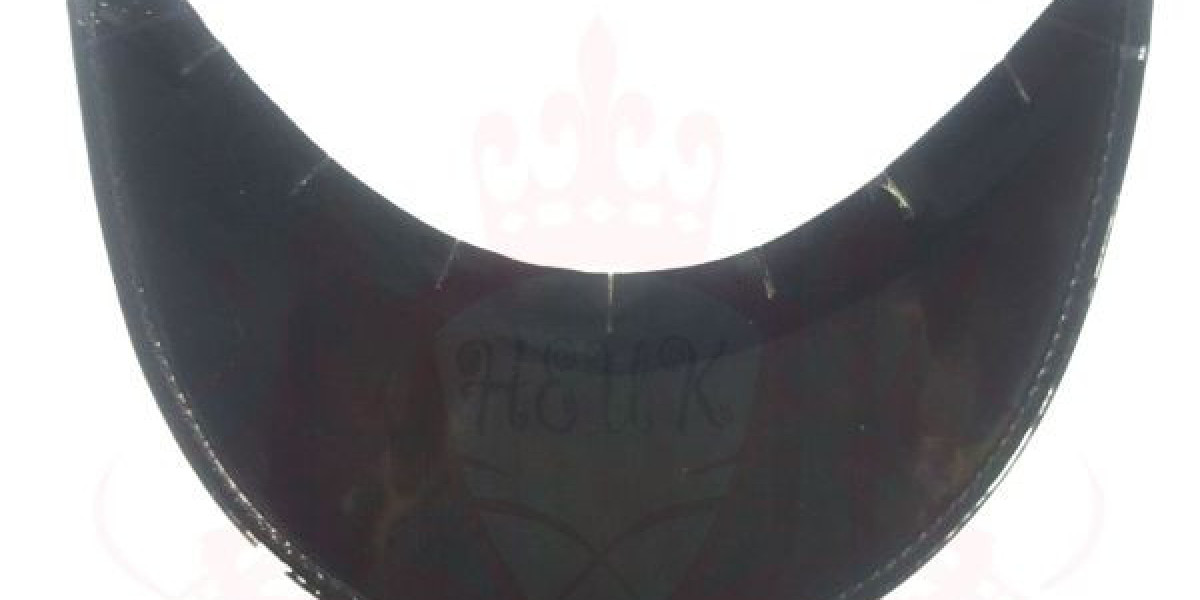Door hardware is a crucial component in any home or commercial space, as it plays a vital role in both functionality and security. From hinges and locks to handles and knobs, the right choice of door hardware can elevate the aesthetic appeal, enhance safety, and ensure long-lasting performance. In this guide, we will explore the various types of door hardware, their functions, and considerations to help you make an informed decision when selecting hardware for your doors.
Types of Door Hardware
Door hardware encompasses a wide range of products designed for various door types and functions. Below are some of the most common categories of door hardware:
Locks and Deadbolts
Locks are the most crucial part of a door lock, as they provide security and privacy. There are several types of locks, each serving a different purpose:
Cylinder Locks: These are the most common type of lock used in residential and commercial settings. They consist of a cylinder and key, offering reliable security.
Deadbolts: Deadbolts are a secondary locking mechanism that provides extra security. They are commonly used in conjunction with a standard lock for added protection.
Smart Locks: With advancements in technology, smart locks have become increasingly popular. These locks allow keyless entry through apps or biometric systems, offering convenience and enhanced security features.
Handles and Knobs
Handles and knobs are the primary components for physically opening and closing a door. While they may seem simple, these elements contribute to both the functionality and design of a door.
Lever Handles: Lever handles are ergonomic and easy to use, making them ideal for high-traffic areas. They are often used in commercial settings but are also common in residential applications.
Door Knobs: Door knobs are a more traditional choice. They are available in various designs, including round, oval, and square shapes. Although aesthetically pleasing, door knobs may not be as convenient for users with mobility issues.
Pull Handles: These handles are typically used on larger doors, such as entry doors or commercial doors. They offer a comfortable grip and are available in different materials like stainless steel or brass.
Hinges
Hinges are the critical components that allow a door to swing open and closed. They come in various styles, sizes, and materials to accommodate different door types.
Butt Hinges: These are the most common type of hinge, used in residential and commercial doors. They are typically hidden when the door is closed, offering a clean, sleek look.
Continuous Hinges: Also known as piano hinges, these are used for doors that require extra durability and strength. They run the entire length of the door, ensuring even weight distribution.
Concealed Hinges: Concealed hinges are hidden inside the door and frame, making them ideal for modern, minimalistic designs. These hinges are often used for cabinet doors but can also be applied to regular doors.
Panic and Exit Devices
Panic and exit devices are essential for emergency exits, particularly in commercial buildings. These devices allow quick and easy exit during emergencies, preventing overcrowding and enhancing safety.
Push Bars: A push bar is an easy-to-operate mechanism that opens the door when pressure is applied. This device is often used in commercial settings, such as schools, hospitals, and theaters.
Crash Bars: Crash bars, also known as exit devices, are commonly found on fire doors or other emergency exits. They allow a door to open quickly when pressure is applied to the bar, facilitating fast evacuation.
Door Closers
Door closers are mechanical devices that automatically close doors after they have been opened. These are particularly important in commercial spaces where doors need to close securely for safety and energy efficiency.
Surface-Mounted Door Closers: These are the most common type, mounted on the surface of the door and frame. They are easy to install and adjust.
Concealed Door Closers: Concealed closers are installed within the door or frame, providing a cleaner and more aesthetically pleasing look. They are often used in high-end or modern door designs.
Materials Used in Door Hardware
The material used for the door lock plays a significant role in determining its durability, strength, and overall appearance. Different materials offer various advantages, making them suitable for specific applications.
Stainless Steel
Stainless steel is one of the most popular materials for door locks due to its corrosion resistance, strength, and sleek appearance. It is commonly used for locks, handles, hinges, and other hardware items, making it ideal for both residential and commercial doors.
Brass
Brass is known for its classic, elegant look and resistance to tarnish. It is often used in high-end residential applications and can be found in door knobs, handles, and locks. Brass hardware is durable but may require occasional polishing to maintain its shine.
Aluminium
Aluminium is a lightweight and corrosion-resistant material, making it suitable for a wide range of door hardware, especially for exterior applications. It is commonly used for hinges, handles, and door closers, offering durability and ease of maintenance.
Zinc Alloy
Zinc alloy is another popular material for door locks due to its affordability and durability. It is often used for decorative door lock, such as handles and knobs, and is resistant to rust and wear.
Factors to Consider When Choosing Door Hardware
When selecting a door lock, it is essential to consider several key factors to ensure you choose the right components for your specific needs. Below are some critical considerations:
Security
Security is the most critical factor when selecting a door lock. Select locks and deadbolts that provide robust protection against forced entry. Consider smart locks or electronic access systems for enhanced security and convenience.
Functionality
Consider how frequently the door will be used and what level of ease you require for operation. For high-traffic areas, lever handles may be more practical, while decorative knobs may be more appropriate for rooms that are used less often.
Aesthetic Appeal
The design and finish of the door lock should complement the overall style of your door and space. Whether you prefer a modern, minimalist look or a more traditional style, there are a variety of designs and finishes to suit your taste.
Durability
Select door lock that is built to last. Select materials that are resistant to wear, corrosion, and rust, particularly for exterior doors or those in high-humidity environments such as bathrooms or kitchens.
Compliance with Regulations
When outfitting a commercial building, ensure that the door lock complies with local building codes and safety regulations, particularly for emergency exits and fire-rated doors.
Conclusion
Door hardware is a vital component in both the functionality and security of doors. With a wide range of options available, from locks and hinges to handles and exit devices, it’s essential to carefully consider your needs before making a choice. The right hardware can improve the aesthetic appeal, durability, and security of your doors, whether you're outfitting a residential home or a commercial property.








